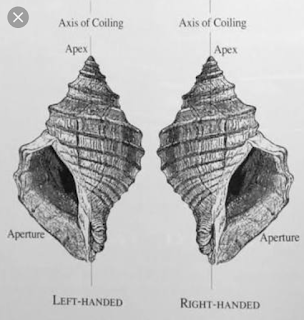Nucleic acid is biopolymer,essensial for all living beings. They were first reported by Friedrich Miescher (1871) in nuclei of pus cell. He named them nucleic. They can be found in both nucleus and cytoplasm . Altman renamed nuclein and called them Nucleic acid . Nucleoprotein Nucleic acid along with basic proteins make nucleoprotein which is sub unit of chromosome. In nucleoprotein, nucleic acid is prosthetic group and protein part consist of protamine and histone (basic nature). They are very complex and high molecular proteins. Composition Basic structure of nucleic acid consist of Sugar, nitrogenous base *(adenine,guanine,thymine,cytosine,uracil) and phosphorus. This combined structure of sugar, phosphorus and nitrogenous base is known as nucleotide. DNA is made up of deoxyribonucleotides which is further made up of Deoxyribose sugar, phosphorus, and nitrogenenous bases (adenine,thymine guanine, cytosine) RNA is made up of ribo...



Comments
Post a Comment